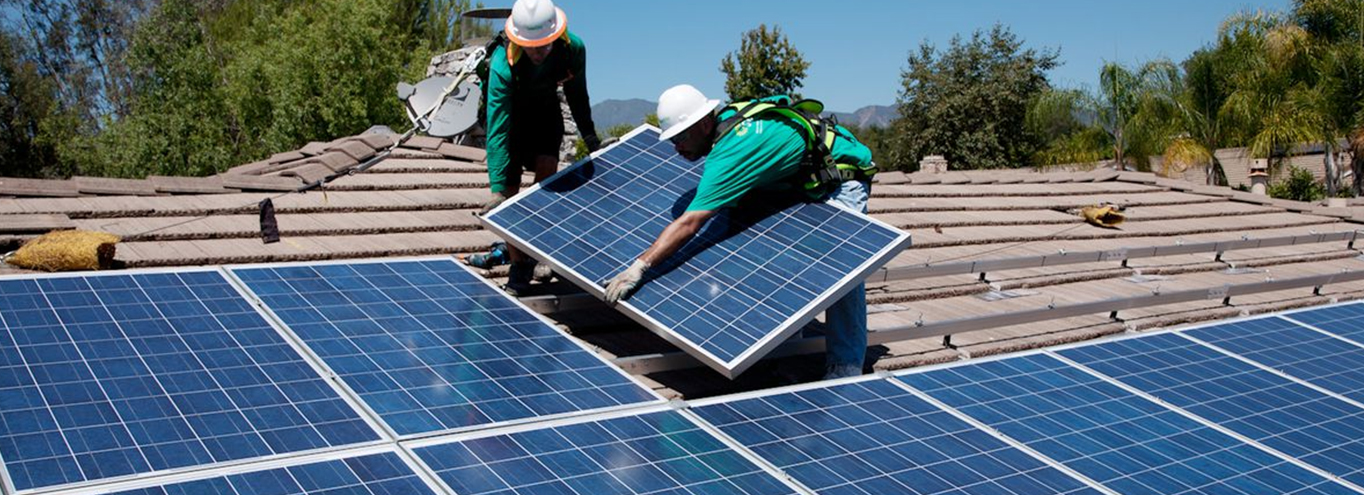

– Solar power works by converting energy from the sun into power. There are two forms of energy generated from the sun for our use – electricity and heat.
Both are generated through the use of solar panels, which range in size from residential rooftops to ‘solar farms’ stretching over acres of rural land.
Yes, solar power is a renewable and infinite energy source – as long as the sun continues to shine, energy will be released.
Another clean energy positive for solar power is that, unlike the burning of fossil fuels, the conversion of sunlight into power creates no harmful greenhouse gas emissions.
The carbon footprint of solar panels is already quite small, as they last for 25 years plus with no loss in efficiency. And the materials used in the panels are increasingly recycled, so the carbon footprint will continue to shrink.
Solar energy was used by humans as early as the 7th century B.C., when humans used sunlight to light fires by reflecting the sun’s rays onto shiny objects. Later, in 3rd century B.C., the Greeks and Romans harnessed solar power with mirrors to light torches for religious ceremonies.
In 1839 and at the age of just 19, French physicist Edmond Becquerel discovered the photovoltaic (PV) effect while experimenting with a cell made of metal electrodes in a conducting solution. He noted that the cell produced more electricity when it was exposed to light.
In 1954 photovoltaic technology was born when Daryl Chapin, Calvin Fuller and Gerald Pearson developed the silicon PV cell at Bell Labs in 1954 – the first solar cell capable of converting enough of the sun's energy into power to run everyday electrical equipment.
Today satellites, spacecraft orbiting Earth, are powered by solar energy.